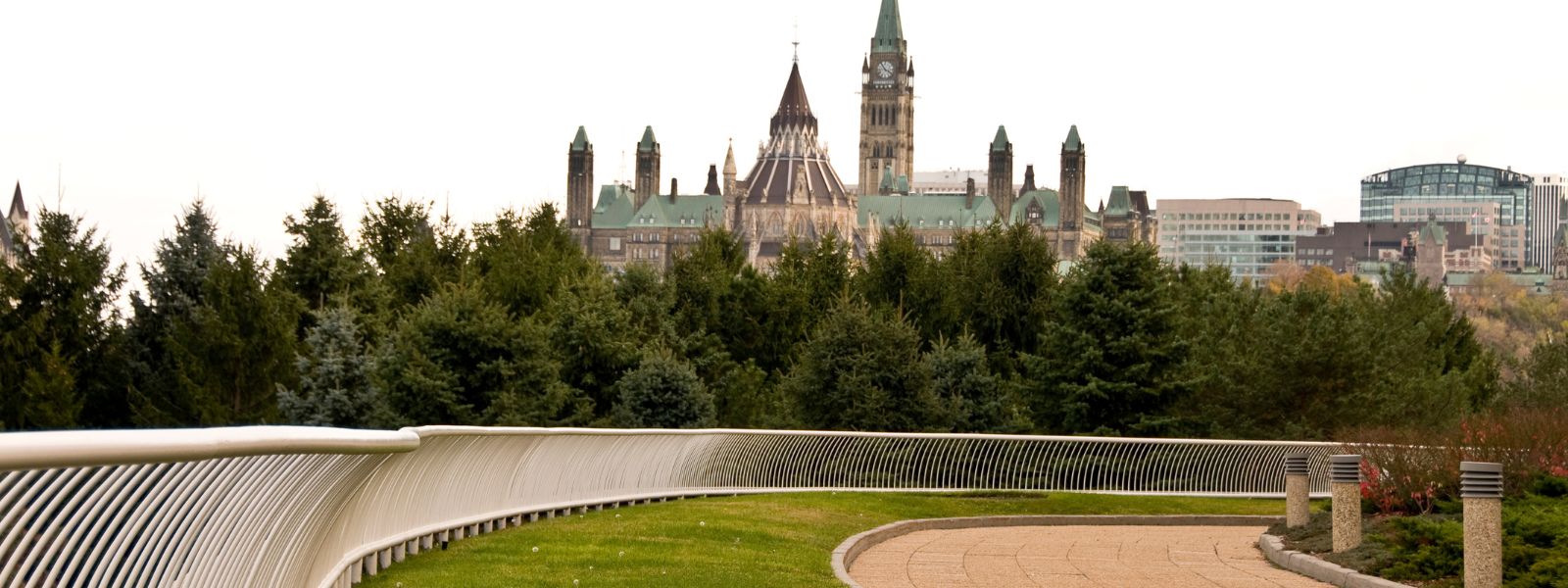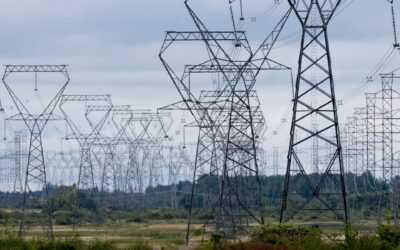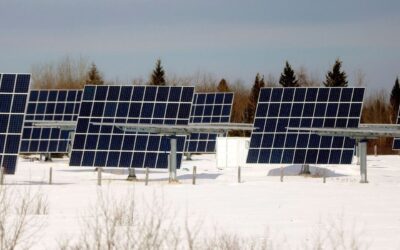This article was previously published in Corporate Knights.
Federal Parliament was back in session last week. And with it begins one of the most consequential periods for Canadian climate change policy that we’ve ever seen.
This summer has been historically destructive. Climate-change-driven wildfires continue to burn across the country. As of this writing, more than 8.7 million hectares have been scorched – an area about 2.5 times that of Vancouver Island – the second-worst year in Canadian history. Smoke from these wildfires ensured that the effects of the fires were felt in terms of degraded air quality hundreds of kilometres away. Drought affected many parts of the country, with southern Ontario, where I live, receiving virtually no rain in July and August.
Aside from the sheer scale of the devastation, the real significance of the past few months is what it augurs for the future. The summer of 2023, the worst wildfire season in our country’s history, prompted a flurry of surprised reactions. When the summer of 2024 wasn’t quite so bad, many people breathed a sigh of relief. But this past summer makes clear that 2023 wasn’t a one-off: the flames came roaring back. The trend is now clear, and we need stronger, faster action to keep Canadians and their communities safer. The only way to do this is to reduce greenhouse gas emissions and to invest in improved climate-proof infrastructure.
Canada’s summer of wildfire isn’t unusual. Countries all over the world experienced something similar. In most places, governments have quite logically focused on necessary solutions and are doubling down on decarbonization and preparing for a future of worsening climate impacts. As one example, the European Union is locking in a plan to achieve a 90% reduction in climate-changing pollution by 2040.
In North America, however, we are overwhelmed with media coverage of Donald Trump’s vendetta against all things climate-related. There is no logic to this: in fact, Trump’s hatred of wind turbines apparently originated with a personal dispute related to his Scottish golf course.
With the U.S. federal government backing away from action on climate change (though it needs to be underlined that many U.S. states are staying the course on net-zero), there are some Canadian voices saying we should just fall in line with Trump’s retrograde agenda.
I’m confident that the vast majority of Canadians understand the folly of doing this. Canadians know that Donald Trump has terrible ideas. Terrible ideas on Ukraine. Terrible ideas on tariffs. And terrible ideas on climate change.
A much better approach is to skate to where the puck is headed globally. If you look at the current and contemplated climate change policies of all the other countries with which Canada needs to diversify its trade, they’re pointing in the opposite direction to that which Trump is laying out.
More than four months ago, the current federal government was elected on a very strong and explicit climate change platform. In the intervening period, it has given Canadians very little sense of how it wants to take the nation’s climate policy forward. That vacuum, unfortunately, has encouraged vested interests to surface endless cockamamie arguments as to why our country should give up on the fight against global warming completely.
The next parliamentary session is the moment to reset and relaunch Canada’s decarbonization journey.
The priorities are clear. A handful of laws, both existing and new, are necessary to move us forward, including fixing our system of industrial carbon pricing, nailing down new regulations to reduce methane pollution, building more clean electricity and getting more affordable electric vehicles into the hands of Canadians.
We need renewed progress on climate change that works for Canadians, not for Donald Trump. And we need it quickly.








